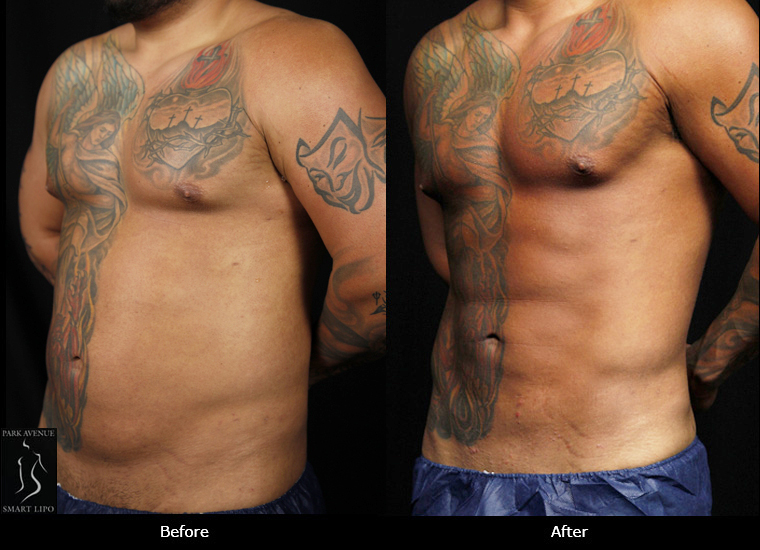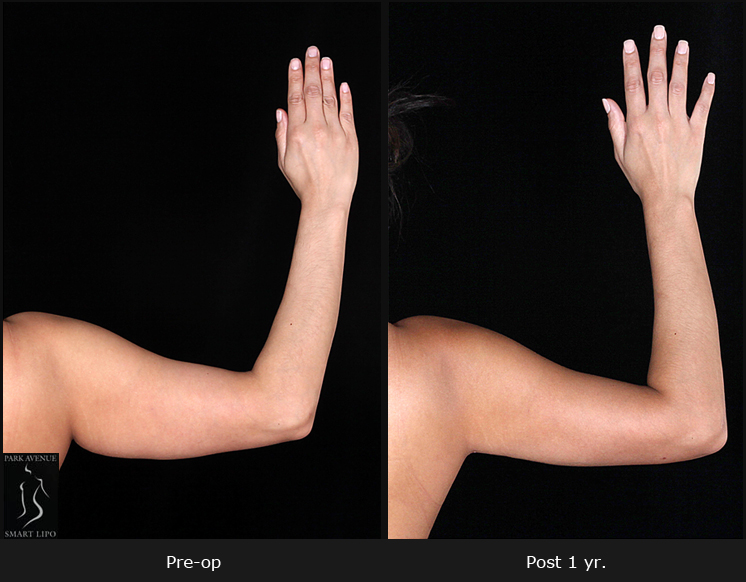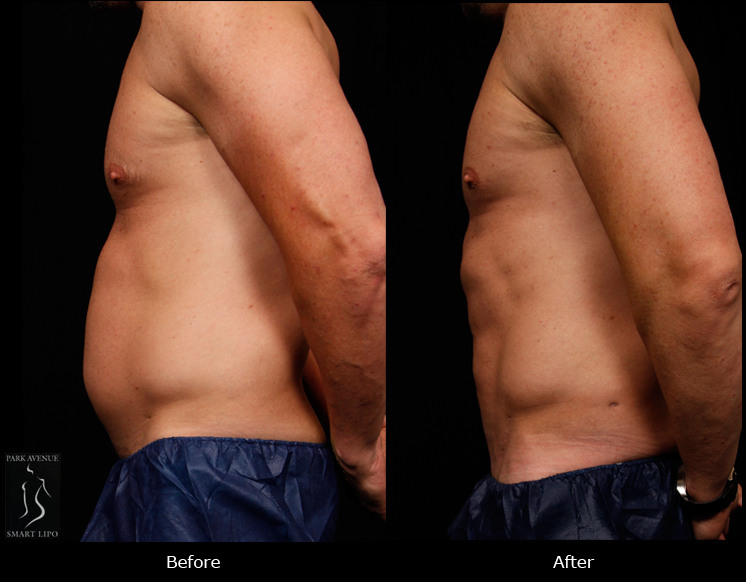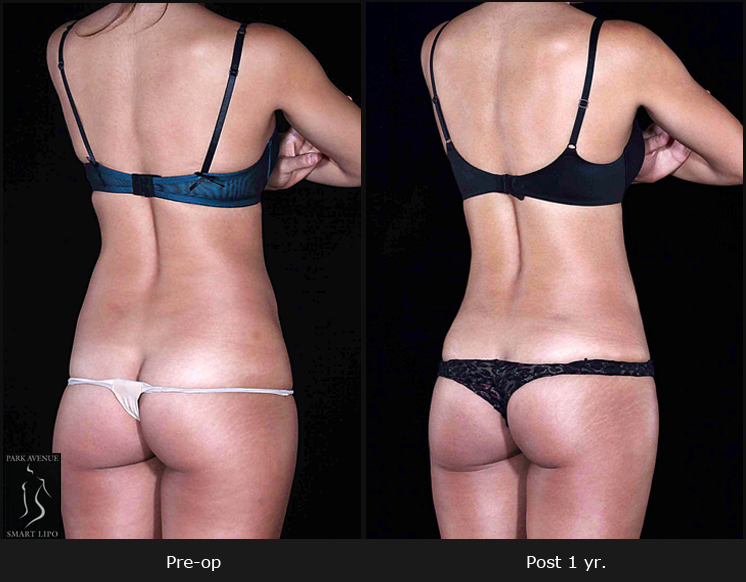An increasing number of men and women are getting liposuction to achieve a well-defined body. While standard abdominal liposuction contours the midsection, abdominal etching is a type of high-definition liposuction that creates a toned, defined athletic look. But can you get abdominal etching if you have diastasis recti, the condition where the muscles in the front of the belly separate along the midline? Yes, you can—provided the muscle separation is addressed first.
Combining Smartlipo laser liposuction for stomach fat removal with abdominoplasty to correct muscle separation provides an ideal foundation for abdominal etching.
What is Abdominal Etching?
Ab etching is a popular option among men and women who work out rigorously but still struggle to achieve that chiseled physique they desire. It involves selectively removing fat in certain areas, and in some cases, fat grafting to enhance the appearance of the muscles. Minimally invasive abdominal etching performed using Smartlipo technology requires only small incisions and local anesthesia, and takes about two to three hours to complete. While this procedure effectively removes stubborn subcutaneous fat, it does not correct issues related to the abdominal muscles such as diastasis recti.
Addressing Diastasis Recti with Abdominoplasty (Tummy Tuck)
Diastasis recti is a common condition characterized by the separation of the abdominal muscles, resulting in a gap between the two long muscles at the front of the abdomen (the rectus abdominis). While it most commonly occurs during or after pregnancy, it can also be caused by factors such as being overweight, undergoing abdominal surgery, or performing certain exercises. This separation often leads to a visible bulge in the abdomen.
Fortunately, diastasis recti can be managed and treated through several approaches. Non-surgical methods include targeted exercises, physical therapy, and the use of compression garments, which help improve abdominal strength and reduce symptoms. For more severe cases, surgical options such as a tummy tuck (abdominoplasty) can provide an effective solution.
If you have diastasis recti and want to correct muscle separation while achieving a more sculpted look, abdominoplasty can effectively restore and tighten your abdominal muscles. The benefits of abdominoplasty for diastasis recti include:
- Strengthens the abdominal wall: By repairing the muscle separation, the abdominal wall becomes stronger.
- Improves core strength: A stronger abdominal wall can lead to better core strength and function.
- Cosmetic improvements: In addition to repairing the muscle separation, a tummy tuck can also remove excess skin and fat, leading to a flatter, more toned abdomen.
Combining Diastasis Recti Repair and Abdominal Etching
Correcting muscle repair is an important consideration before undergoing cosmetic surgery to enhance muscle definition. So, if you are considering abdominal etching in Manhattan but have diastasis recti, consult a qualified and experienced plastic surgeon. An expert can develop a customized combination treatment plan that includes:
- Abdomen liposuction to remove stubborn excess fat and skin
- Tummy tuck surgery to remove excess skin while tightening loose or separated abdominal muscles
- Abdominal etching to sculpt the abs and achieve a toned, sculpted look
What to Expect from Abdominal Etching after Fixing Diastasis Recti
After diastasis correction, the core becomes stronger and flatter. Abdominal etching builds on this by enhancing muscle definition and providing a firmer, more sculpted midsection.
Because your abdominal wall has already been surgically repaired, the surgeon will focus on enhancing the natural muscle lines while preserving the repaired muscles. High-definition liposuction techniques are used to precisely sculpt around the rectus abdominis and oblique muscles.
Over the following weeks and months, as swelling subsides, your new muscle contours will gradually become more visible. Most patients start to see more defined results around 6 to 12 weeks post-procedure. Following personalized aftercare instructions from your surgeon is essential to protect both the sculpting and muscle repair.
With a stable weight, healthy lifestyle, and core-strengthening exercises (approved by your surgeon), the results of abdominal etching can be long-lasting. It’s important to avoid activities that could cause a recurrence of diastasis recti, especially in the early months after surgery.
Consult an Expert Plastic Surgeon
Combining multiple surgeries into a single procedure can be an effective way to achieve your cosmetic goals. However, it requires thorough planning, precise surgical technique, and a well-managed recovery process. Seek out highly experienced surgeons who specialize in abdominal etching for patients with diastasis recti, and choose a provider with proven expertise in both muscle repair and body contouring.
Open communication with your surgeon is crucial. Be transparent about your concerns and goals during the consultation. Your surgeon will perform a careful evaluation to determine your candidacy for this combo treatment. Once it is determined that you are a suitable candidate, the surgeon will determine the most suitable approach based on your individual anatomy and goals.
Achieve a sculpted, defined abdomen! Schedule your liposuction consultation today!









